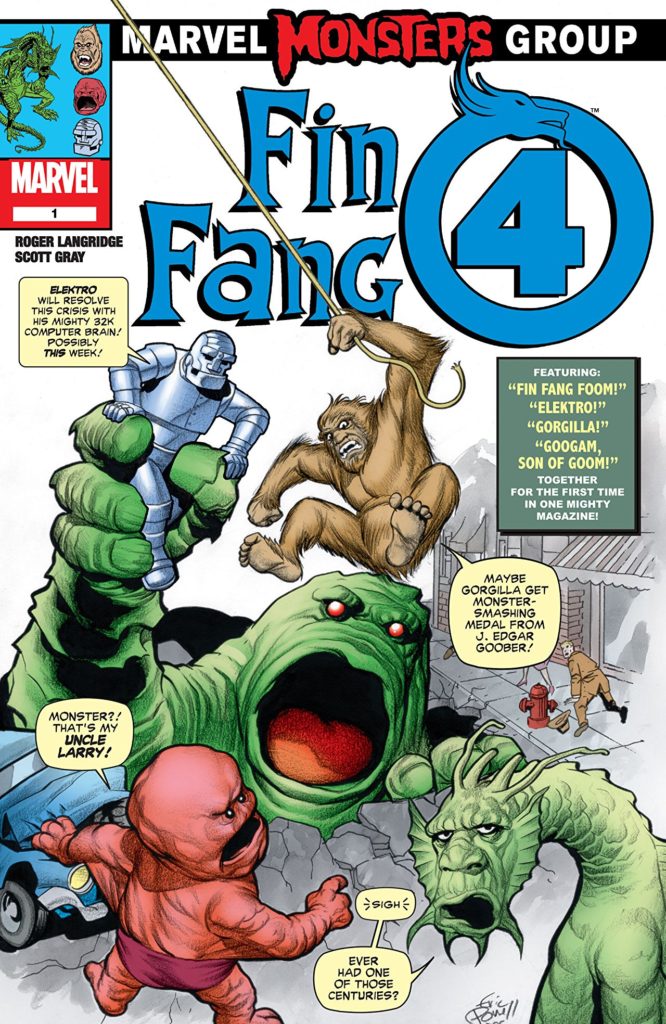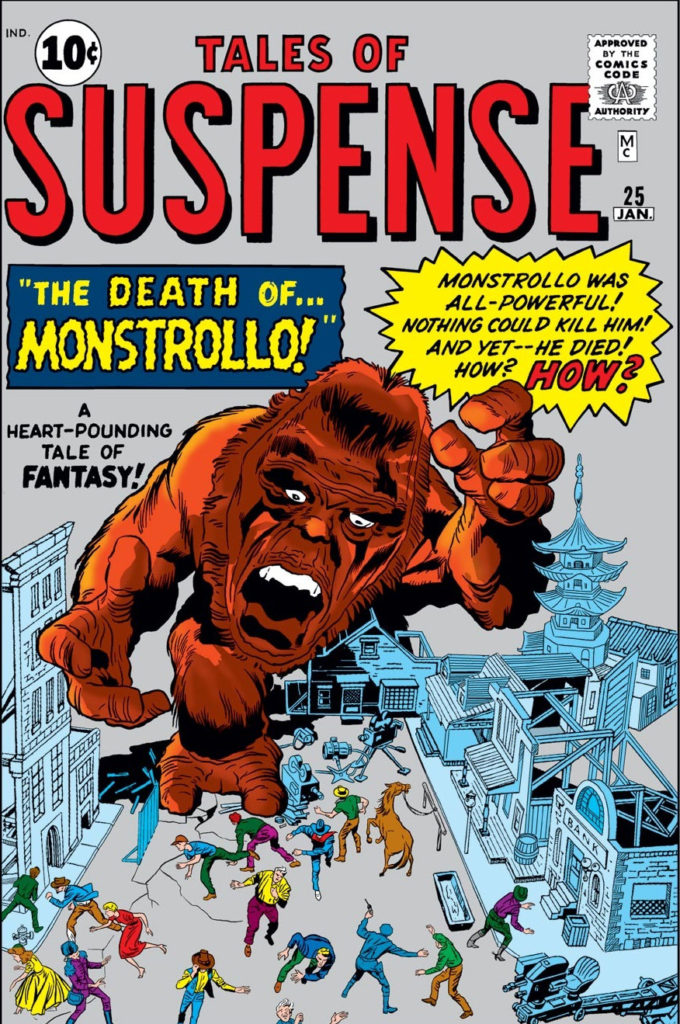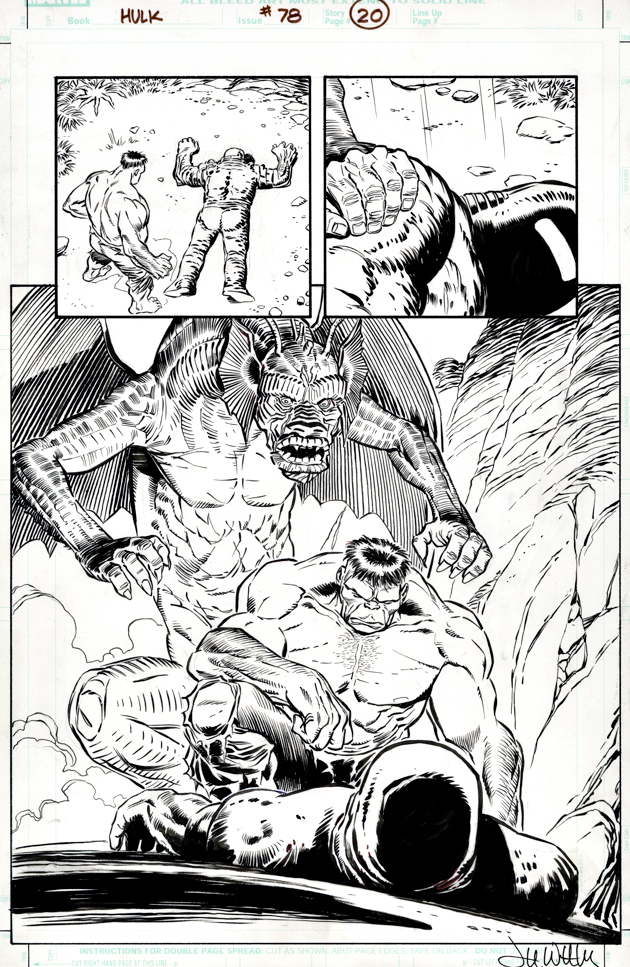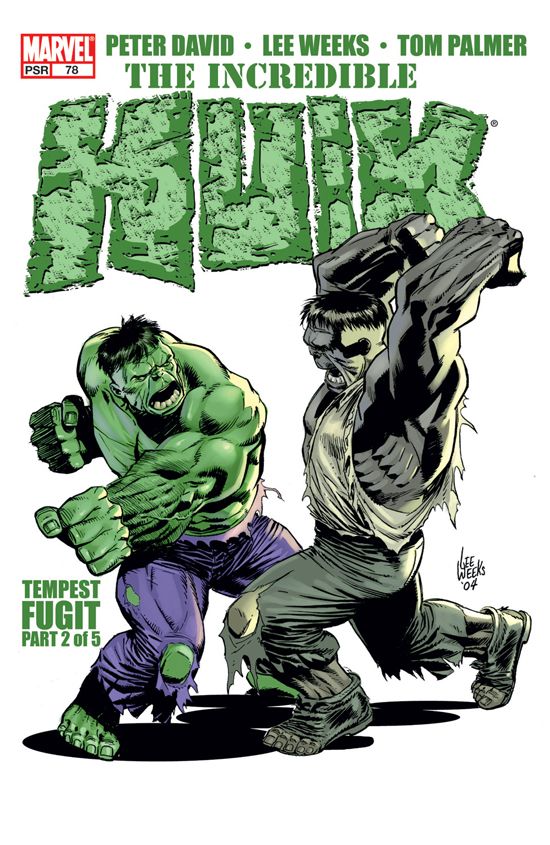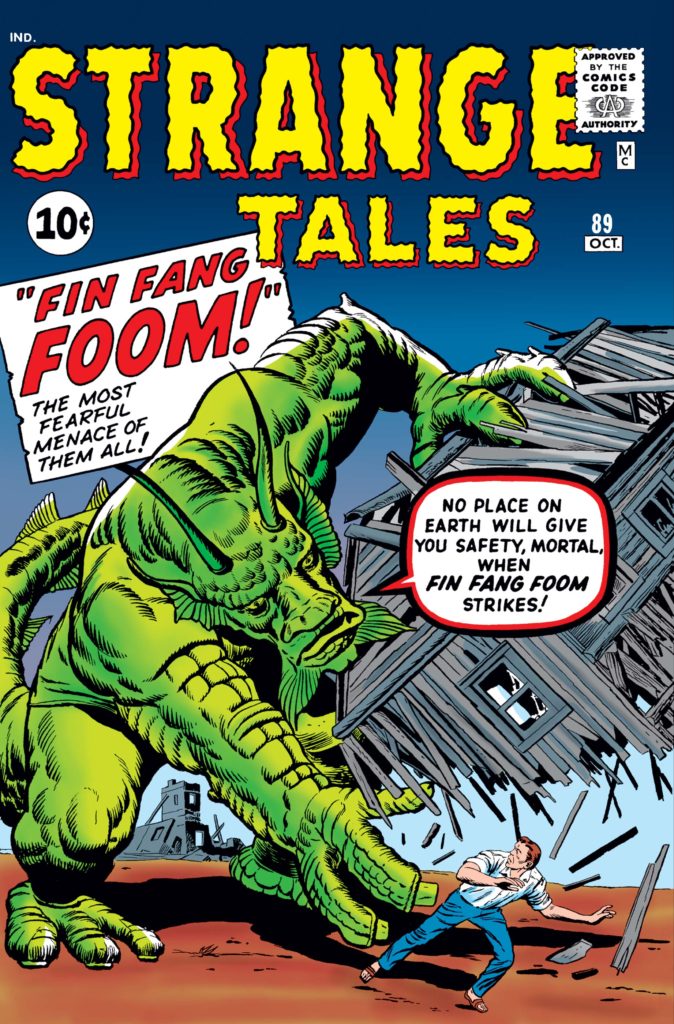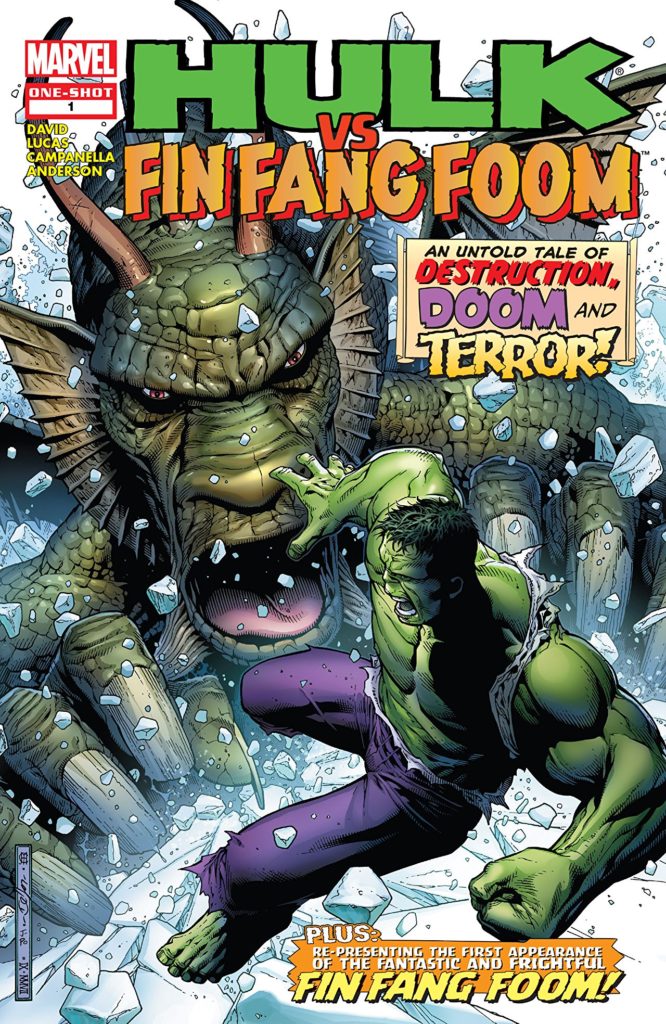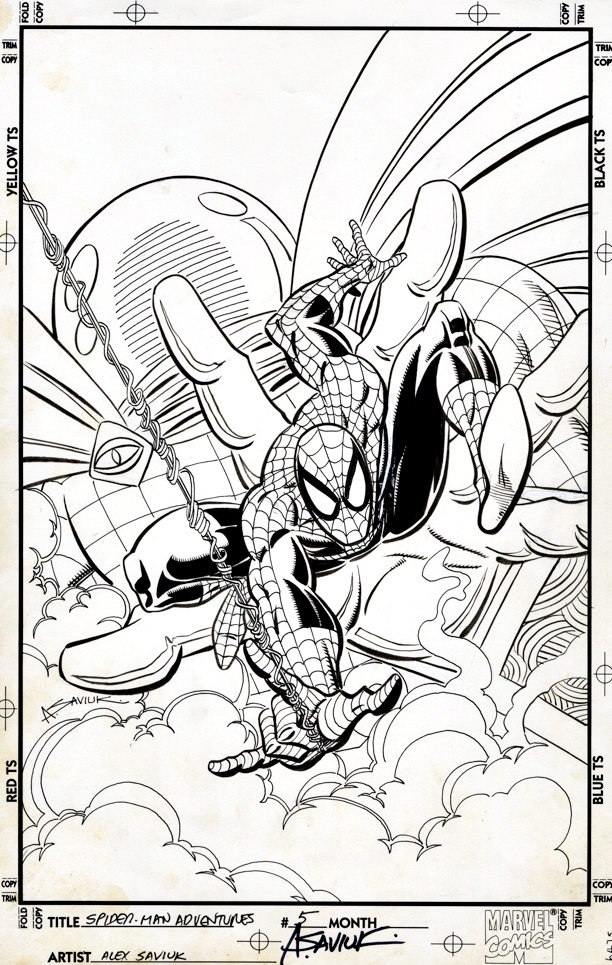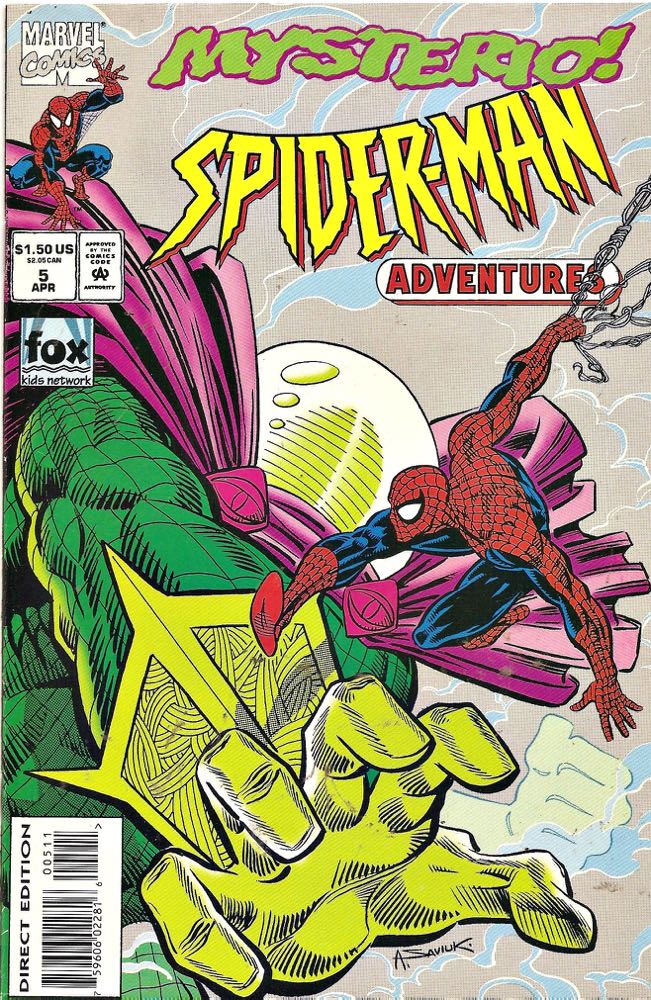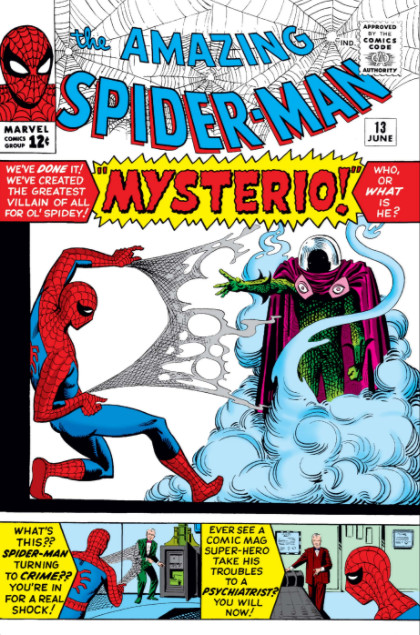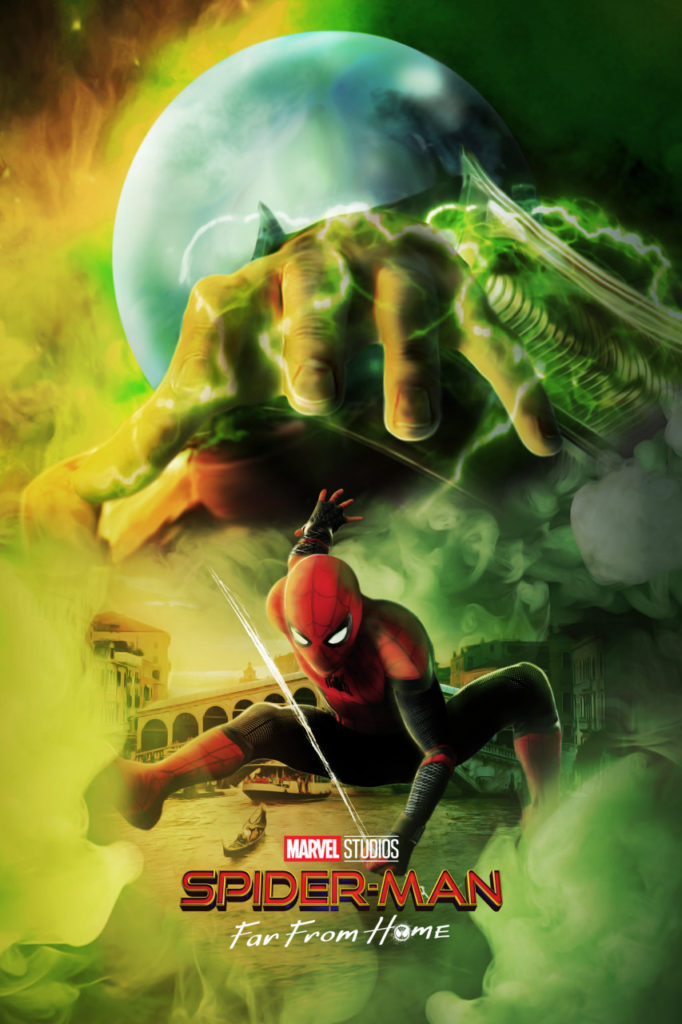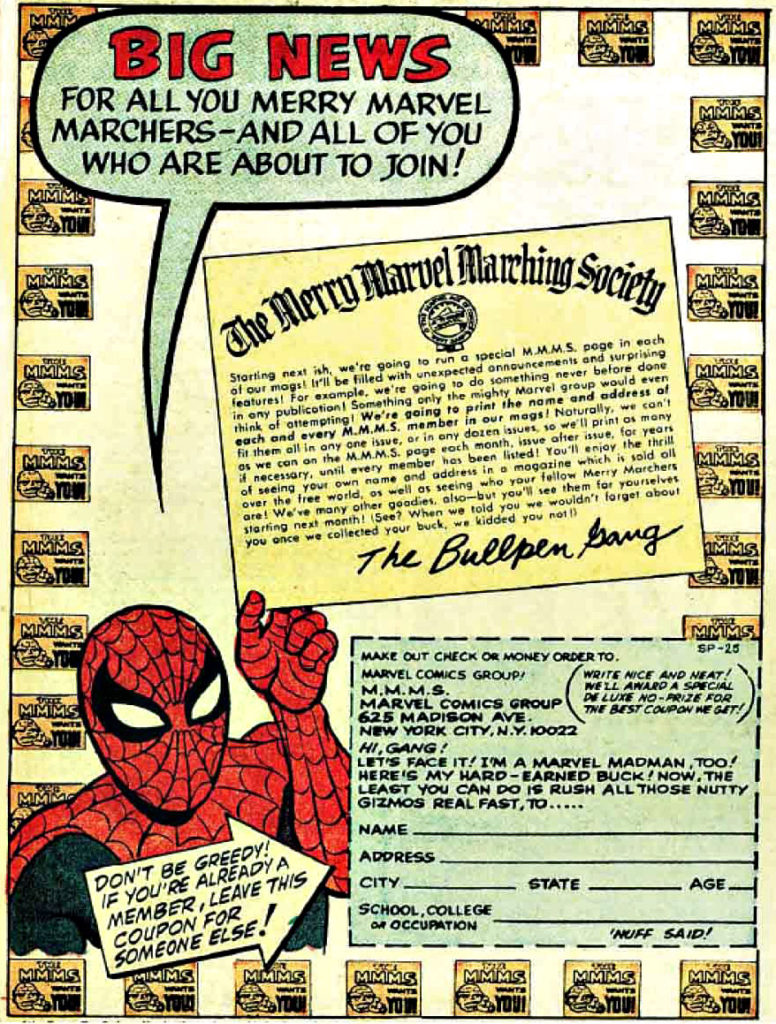Eric Powell — Monster Mash
Marvel Monsters: Where Monsters Dwell #1, December, 2005

Continuing a two-week series celebrating Halloween with the best in monsters, mystery and mayhem.
Marvel Comics has only recently fully embraced its monstrous heritage; giant creature stories that dominated its publishing line just prior to the “Marvel Age of Comics.”
When it came to oversized behemoths (home grown or alien) terrorizing Earth’s inhabitants, no one could hold a candle to these giant-size oddballs from 1959 -1963.
And I do mean odd: Oog, Orrgo, Ulvar, Rombu, Rorrg, Goom —and his offspring Googam (I kid you not) — are only a few of the dozens of beasts, lizards, robots, and aliens that walked the earth. (And of course, our pal Groot from Guardians Galaxy was originally a planet-wrecking alien conqueror way back in 1960.)
Obviously inspired by the pop culture of the day (Godzilla, et al) Stan Lee, along with co- creators Jack Kirby, Steve Ditko, Dick Ayers Larry Lieber and others, took a monster-sized football and ran with it.
Eric Powell created all four covers for this series of modern one-shots in 2005, plus he provided interior art for the Devil Dinosaur issue. I’ve shared my thoughts about Eric previously. The creator of the Goon is a terrific talent, and his art style blends reverence and satire perfectly on these covers.
The Where Monsters Dwell issue specifically features three main characters: Bombu, Monstrollo and Manoo. The covers of their original appearances, along with Eric’s three other covers, are shown below.



